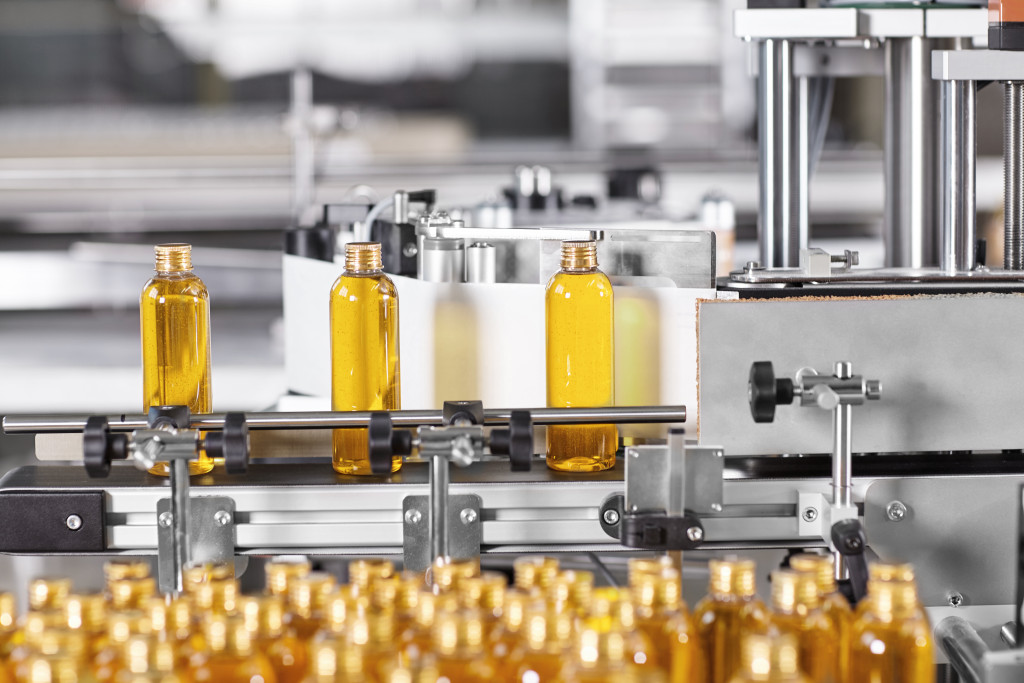• Research the market and regulations in your area before setting up a food manufacturing business.
• Find suppliers of raw ingredients and specialized equipment to ensure that products are created to industry standards.
• Select a location for the manufacturing facility that is easily accessible and compliant with health codes.
• Hire employees who are adequately trained in food safety protocols and provide them with the necessary protective gear.
• Invest in quality control and maintenance, such as regular equipment inspections and product testing, to ensure products meet customer expectations.
If you’re looking to start a food manufacturing operation, you’ve come to the right place. Setting up a food manufacturing operation isn’t something that can be done overnight — it takes time, dedication, and industry knowledge. However, by following these easy steps, you’ll be well on your way to creating a successful and profitable business:
Research the Market and Regulations
Before setting up any type of business, you must research the market and regulations in your area. Make sure that no existing businesses provide similar products or services, and consult with legal professionals about the regulations associated with starting a food manufacturing business. This is also a great time to explore potential customers for your product or service.
Find and Secure Suppliers
Once you know what kind of product or service you want, it’s time to find suppliers who can help you make it happen. First, you need to find a supplier of raw ingredients. To do this, you should research the different types of ingredients that are available and compare prices.
Additionally, you need to find suppliers for equipment that you’ll use to produce your products. If you need specialized equipment to make your products, find a company that specializes in providing that specific item. For example, you’ll need to contact a bottle-filling equipment manufacturer if you plan on selling liquids. They’ll be able to provide everything you need, from the equipment to advice on how best to use it. You’ll also be assured that your equipment is up to industry standards.
Choose Your Location and Set Up Shop
When selecting a location for your food manufacturing facility, make sure it is easily accessible for customers and employees. You’ll also need to ensure that it complies with local zoning laws and health codes before investing in building renovations or upgrades such as plumbing or electrical work. Additionally, ensure that your facility has proper ventilation systems since airborne particles can be hazardous when working with food products.
Hire Employees and Train Them Properly

Once your facility is set up and ready for production, it’s time to hire employees to help bring your business vision into reality. Each employee must be adequately trained in food safety protocols so they understand how their job affects not just themselves but also customers who may consume the products they manufacture. Additionally, ensure all employees follow safety protocols and wear protective gear such as gloves and face masks while working in the facility.
Invest in Quality Control and Maintenance
Last but not least, invest in quality control and maintenance procedures so that customers always receive safe products on time without any delays due to faulty equipment or other issues related to the production process. Your quality control and maintenance practices should include the following steps:
Regular equipment inspections and maintenance
Regularly inspecting and maintaining all of your equipment is essential for ensuring that it functions properly and safely. Additionally, make sure that any necessary repairs are made immediately to avoid any potential safety issues.
Regular product testing
Regularly test the products you produce to ensure they meet safety standards and customer expectations. Additionally, make sure that employees are trained on how to use the testing equipment and understand why it is essential.
Sanitation of all surfaces
Ensure that all surfaces are properly sanitized to avoid contamination and cross-contamination of any kind. Have a dedicated team responsible for cleaning and sanitation of the facility and make sure that they use proper protective gear while doing so.
Documentation of all processes

Lastly, it’s important that you document every step taken in the manufacturing process. This will help you identify any potential issues and help ensure that your products are consistently meeting safety standards.
By investing in quality control and maintenance, you can ensure that your food manufacturing operation runs smoothly and produces safe products for customers.
Setting up a food manufacturing operation is no small feat. From researching the market and regulations to finding suppliers for raw ingredients and equipment, many steps are involved in creating a successful business.
Additionally, you must hire employees who are adequately trained in safety protocols and invest time into quality control and maintenance processes, so your products meet customer expectations safely and consistently. With dedication and knowledge of the industry, however, you can create an efficient production process that yields profitable results over time.

